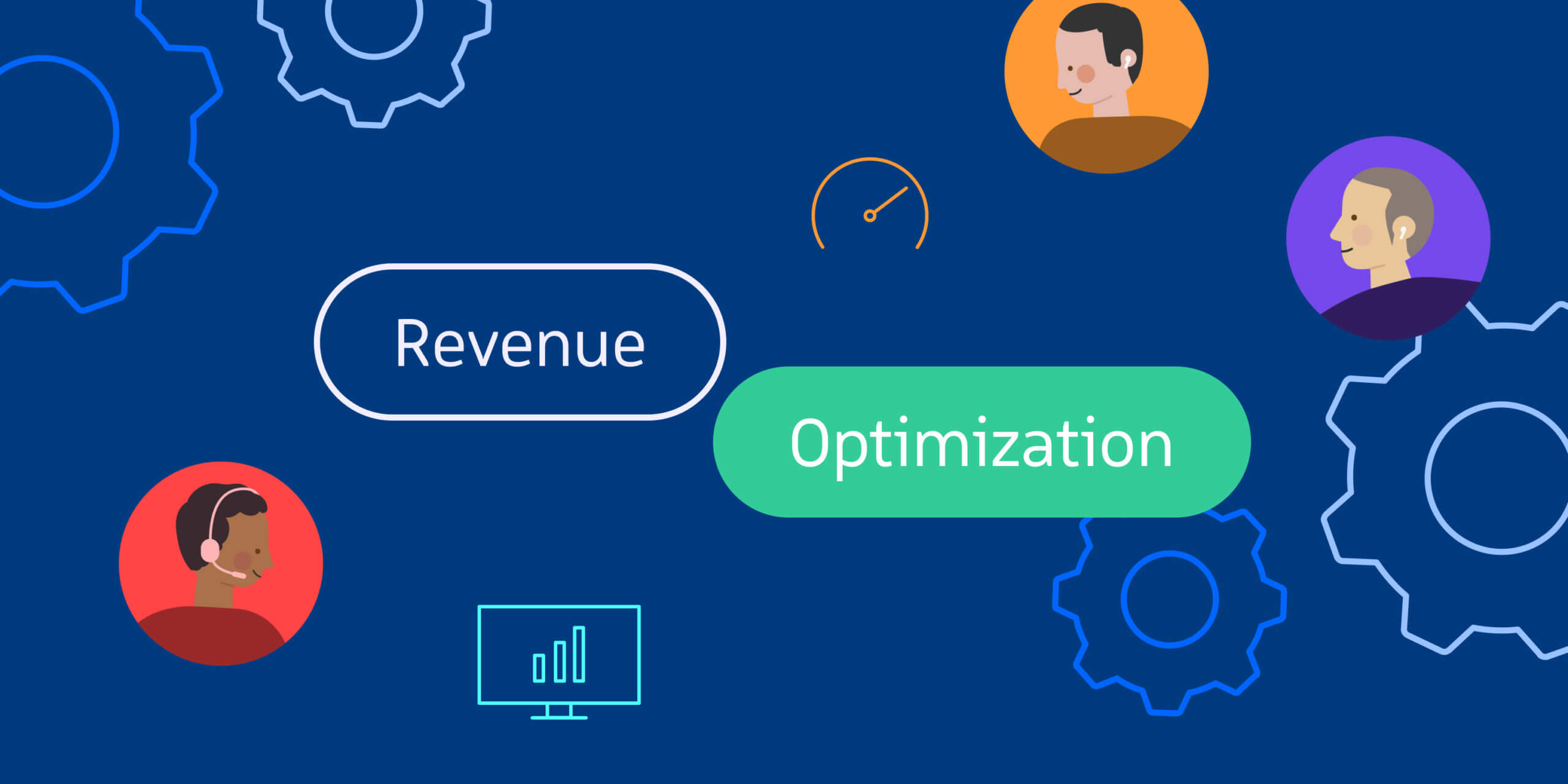In an era where agility and innovation are essential for survival, businesses are constantly seeking ways to enhance efficiency without compromising quality. Enter Lean AI integration—a transformative approach that merges lean business principles with artificial intelligence to create intelligent, streamlined, and highly adaptive organizations.
By integrating AI into lean workflows, companies can eliminate waste, automate repetitive tasks, and make data-driven decisions faster than ever. Lean AI integration isn’t just a technological upgrade; it’s a strategic mindset shift that redefines how businesses operate in the digital age.
In this article, we explore what lean AI integration means, its benefits, implementation strategies, and real-world applications that are changing the face of modern business.
Table of Contents
ToggleWhat Is Lean AI Integration?
Lean AI integration combines the core concepts of Lean methodology—efficiency, value delivery, and waste reduction—with the powerful capabilities of artificial intelligence. It’s about using AI tools and technologies to automate, analyze, and optimize processes with precision, all while staying true to Lean’s core philosophy of continuous improvement.
Lean principles focus on delivering maximum value to the customer while minimizing non-value-added activities. When AI is integrated into this framework, businesses gain real-time insights, predictive capabilities, and process automation that exponentially enhance productivity and agility.
Key Benefits of Lean AI Integration
The fusion of Lean and AI creates a synergy that can redefine organizational performance. Here are some major advantages:
1. Smarter Decision-Making
AI algorithms can process massive volumes of data, identify patterns, and provide insights that support strategic decision-making. When used in lean systems, these insights lead to faster, more accurate responses to customer needs and market trends.
2. Real-Time Process Optimization
Lean AI systems continuously learn and adapt. They monitor workflows in real-time, flag inefficiencies, and suggest optimizations automatically—something human-led teams can’t do at scale.
3. Reduced Operational Waste
AI can identify unnecessary steps, duplicate efforts, or bottlenecks in real time. This allows teams to remove waste proactively and enhance flow across the value stream.
4. Enhanced Customer Experience
AI-driven personalization and automation ensure that customers receive quicker, more relevant, and consistent service, aligning perfectly with Lean’s customer-first approach.
5. Scalability and Agility
Lean AI systems adapt to organizational growth effortlessly. Whether a company is scaling operations or diversifying services, AI keeps operations lean, controlled, and data-driven.
Implementing Lean AI Integration: A Strategic Approach
Successful Lean AI integration requires more than installing software. It demands a strategic, cross-functional approach that aligns technology with business goals and cultural change.
1. Assess Current Operations
Begin with a Lean assessment of your existing processes. Identify areas of waste, delays, and inefficiencies that could benefit from AI intervention.
2. Define Clear Objectives
What specific outcomes do you hope to achieve with AI? Whether it’s reducing lead time, cutting costs, or improving forecasting, goals must be measurable and aligned with your Lean strategy.
3. Choose the Right AI Tools
Select AI technologies that complement your industry and goals. Popular categories include:
-
Predictive analytics for demand forecasting
-
Natural language processing for customer service
-
Machine learning for quality control
-
Robotic process automation (RPA) for back-office tasks
4. Start Small, Scale Fast
Begin with pilot programs in high-impact areas like inventory management, production scheduling, or customer service. Use results to build support and expand across the organization.
5. Involve Cross-Functional Teams
Lean AI integration is most successful when teams across departments collaborate. Encourage a culture of experimentation, transparency, and continuous learning.
6. Monitor, Learn, Improve
Use Lean metrics—such as cycle time, defect rate, and overall equipment effectiveness (OEE)—to track progress. AI’s ability to provide feedback loops enables organizations to refine processes continuously.
Real-World Applications of Lean AI Integration
Across industries, Lean AI integration is revolutionizing operations:
Manufacturing
Factories are using AI to monitor machine performance, predict maintenance needs, and reduce downtime. Lean AI enables real-time quality control and production line optimization, reducing waste and improving throughput.
Retail and E-commerce
AI algorithms predict consumer behavior, optimize pricing, and automate inventory restocking. This leads to reduced overstock, fewer stockouts, and improved customer satisfaction—all key Lean goals.
Healthcare
Hospitals and clinics are integrating AI into scheduling, diagnostics, and patient care workflows. The result: faster diagnoses, fewer administrative errors, and more personalized care.
Finance
Lean AI helps financial institutions detect fraud, streamline loan processing, and personalize customer services while reducing manual workloads.
Lean AI Integration Challenges—and How to Overcome Them
While promising, Lean AI integration comes with challenges that must be proactively addressed:
-
Data Quality Issues: AI models are only as good as the data they rely on. Ensure accurate, clean, and relevant data for optimal performance.
-
Change Resistance: Employees may fear automation or feel threatened by AI. Open communication, upskilling, and transparency can help manage this transition.
-
Over-Reliance on Technology: AI should augment—not replace—human decision-making. Lean principles emphasize human-centric value creation, so balance is key.
-
Ethical Considerations: Use AI responsibly, ensuring algorithms are free from bias and aligned with ethical standards.
The Future of Lean AI Integration
As AI technology continues to evolve, its integration into lean practices will become increasingly seamless and sophisticated. Future trends may include:
-
Hyperautomation: End-to-end automation of entire workflows using AI, RPA, and machine learning.
-
AI-Driven Kaizen: Continuous improvement cycles fueled by AI insights and automated suggestions.
-
Digital Twins: Virtual replicas of operations powered by AI to simulate and optimize processes before implementation.
These innovations will further elevate Lean AI integration as a cornerstone of future-ready organizations.
Conclusion
Lean AI integration isn’t just a buzzword—it’s a game-changing strategy that allows businesses to merge the precision of artificial intelligence with the discipline of Lean thinking. The result is a smarter, faster, and more agile organization that can adapt to change, reduce waste, and deliver unmatched value to customers.
As industries become increasingly data-driven and customer-centric, Lean AI integration will define the next era of operational excellence. Businesses that adopt this approach today will be better positioned to lead tomorrow.
